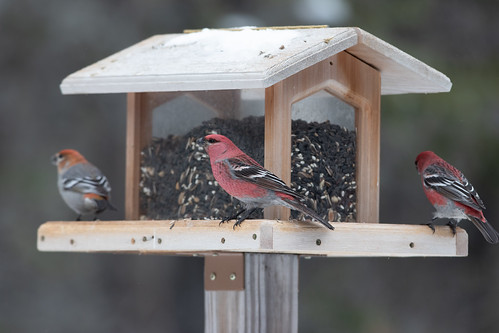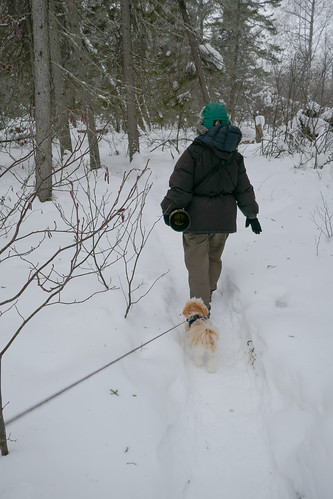On December 15, most active birders in the Duluth area participated in our annual Christmas Bird Count. This annual tradition, conducted in the U.S for the past 119 years and now for decades in most countries in the Americas, provides an excellent dataset of the birds found in early winter. It’s a fun local tradition and gives birders a good idea of where to look for birds in late December through early January. Christmas Bird Count data have been used for scientists assessing some population trends and changes in bird distribution as a result of land use patterns, climate change, and more.
As wonderful as the Christmas Bird Count is, as a tradition and a gold mine of data regarding winter bird numbers, the picture it provides is limited to early winter, before many northern finches have come down and before many ducks and other species have moved further south. To understand bird numbers in the dead of winter, in 1998, the Cornell Lab of Ornithology and Audubon created the Great Backyard Bird Count. This fun new tradition takes place for one weekend in the middle of February.
People of any age, whether beginners or experienced birders, are invited to participate—the only commitments are that you count birds for at least 15 minutes on at least one day from Friday through Monday. You can participate in your own yard or wherever you happen to be, but to count, you must submit your checklists to either the Great Backyard Bird Count’s website (gbbc.org) or eBird.org. To do that, you must register with the Cornell Lab of Ornithology, but that same free registration can be used to log in to other Cornell projects, including eBird, FeederWatch, and NestWatch. The Lab’s website provides a wealth of useful information to help you identify and learn more about birds, virtually all of it free—I wholeheartedly support them for their matchless work.
Those of us who use eBird to keep track of our bird sightings don’t have to do anything different during the Great Backyard Bird Count. As always, checklist data is most useful if you keep a separate checklist of each place you go. More and more, I’ve been using the free eBird app on my phone, and getting into the habit of making a new checklist at each spot I visit in the bog. It’s really easy now—GPS on the phone tells eBird exactly where I am, and if I start a new checklist when I get to a new spot and complete the checklist before moving onto the next place, eBird keeps track of how far I traveled within the area (like when I walk along the boardwalk at the Warren Nelson bog) and how long I was there.
 |
| This is how my feeders looked during the 80s and early 90s. Now I have to go further afield to see such wonders. This was taken at the bog on Superb Owl Sunday. |
The Great Backyard Bird Count is fun and easy—I’ll be paying attention to my backyard birds, and hope you will, too.



